Take a trip over the blue-green water, and a short walk along the South West Coast Path, and you will eventually arrive at Mount Batten Bay…
The bay opens up into Plymouth Sound and is characterised by a sand and shingle beach; tall, jagged cliffs; hidden coves; and expanses of rocky shore, creating an abundance of habitats for intertidal species. This makes it the perfect place for the keen-eyed volunteers and participants of The Rock Pool Project to explore! But who are these enthusiastic, yellow-clad rock poolers?
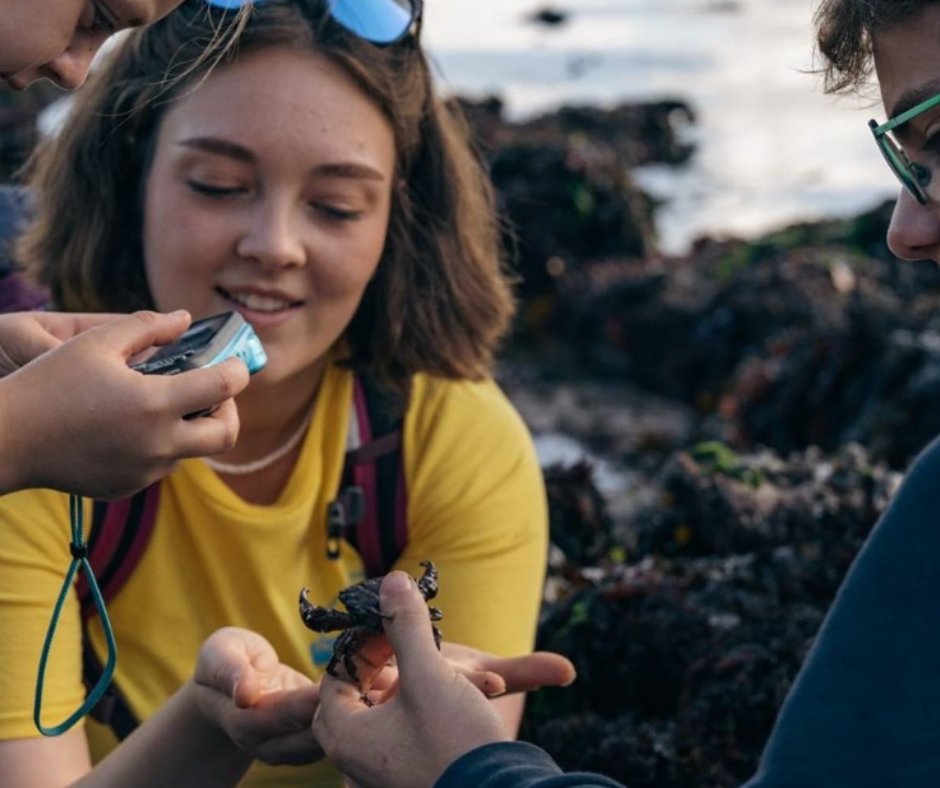
We are a not-for-profit and community interest company, passionate about engaging people of all ages and backgrounds with the incredible wildlife found around our coastline. Our particular focus for the last year has been the Blue Recovery Project, made possible by the National Lottery Heritage Fund. Throughout the project, we have connected hundreds of local people to our mesmerising marine life… and where better to do that than a stone’s throw away from the bustling heart of Britain’s Ocean City!
Leathery kelp (Laminaria sp.) fronds sway in the tidal stream, bejewelled with blue-rayed limpets (Patella pellucida). Starry-eyed St. Piran’s hermit crabs (Clibanarius erythropus) scuttle across the pink algae-encrusted pools, searching for a new shell to call home. Rainbow wrack (Cystoseira tamariscifolia) glitters iridescent blue, and snakelocks anemones (Anemonia viridis) glow electric green. If you look closely, you may even be able to catch a glimpse of a Shore Clingfish (Lepadogaster lepadogaster) darting to hide beneath the safety of a rock!
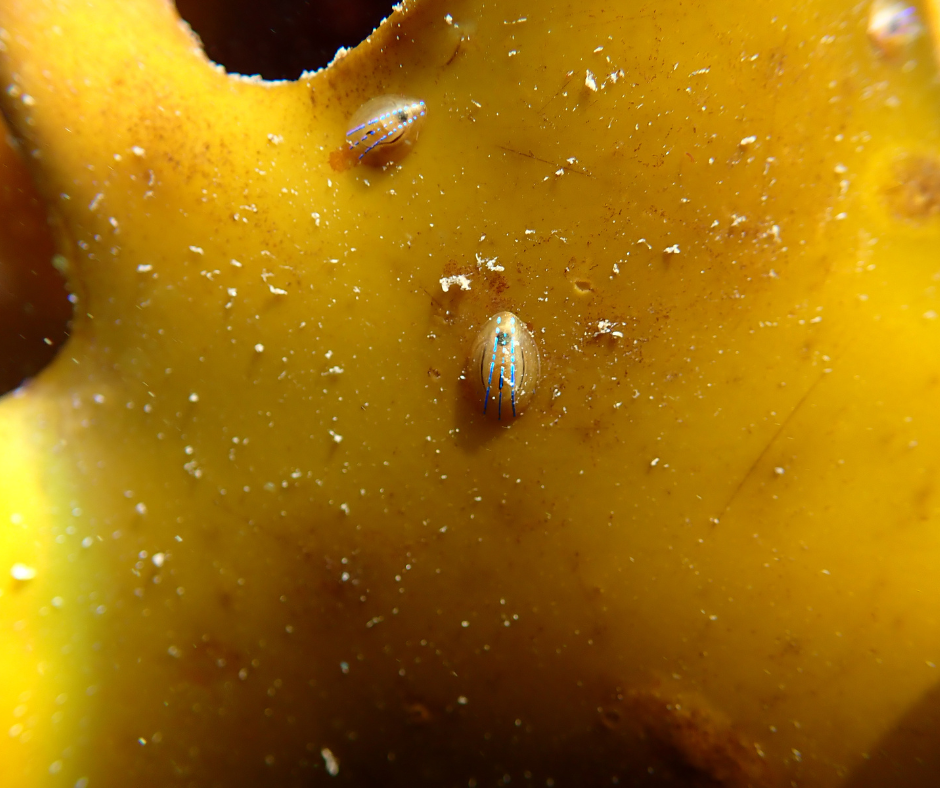
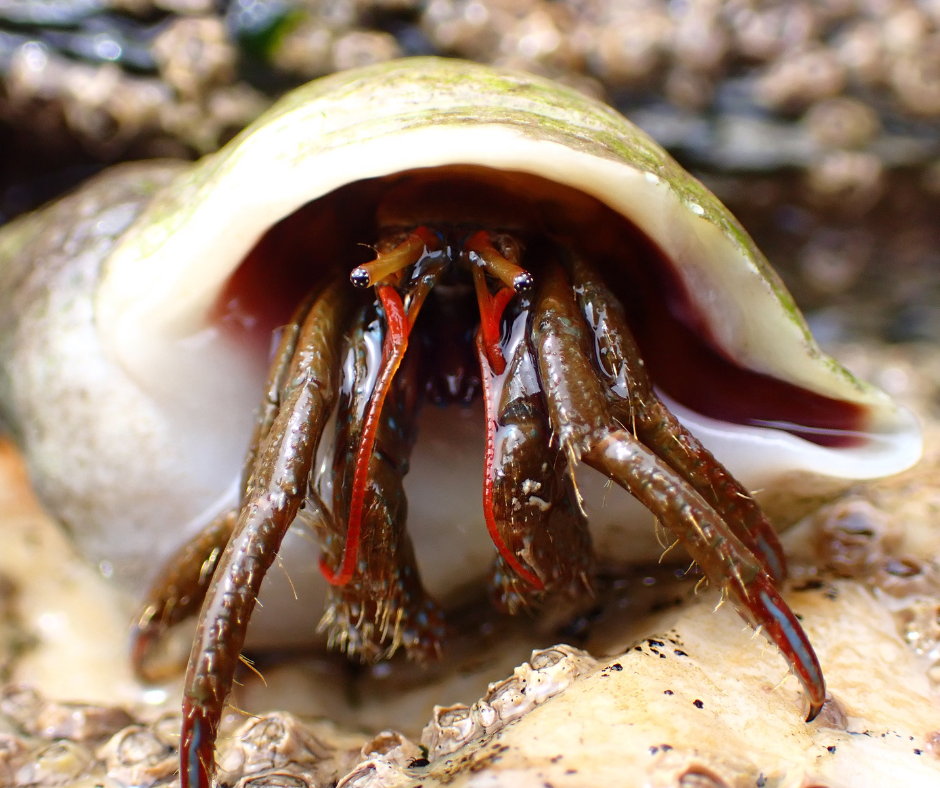
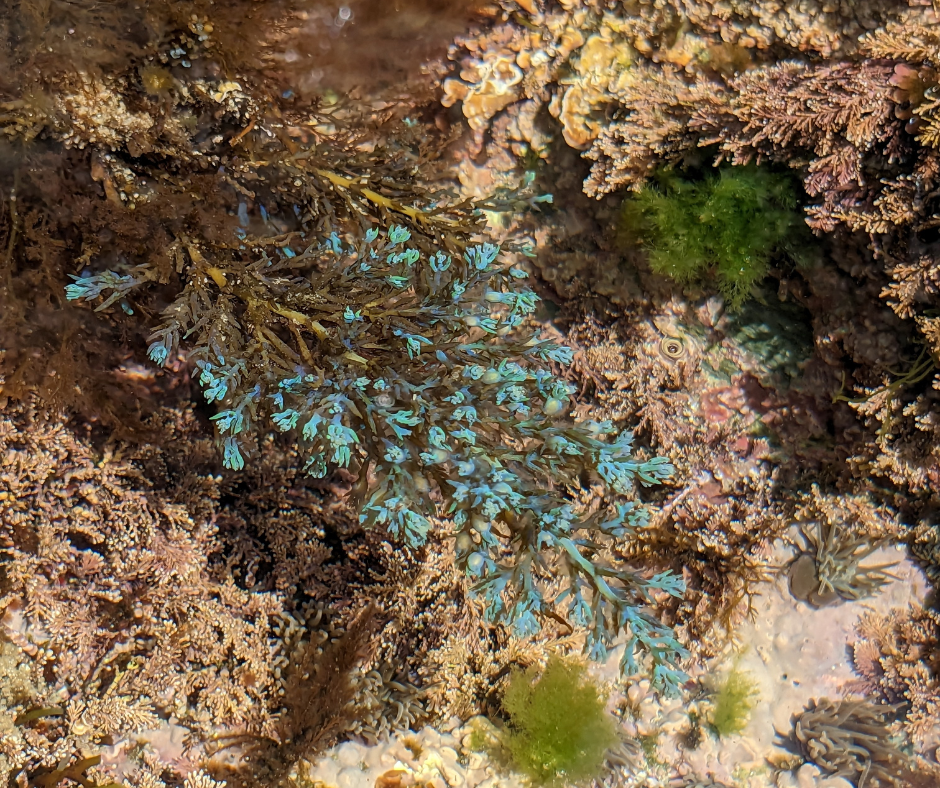
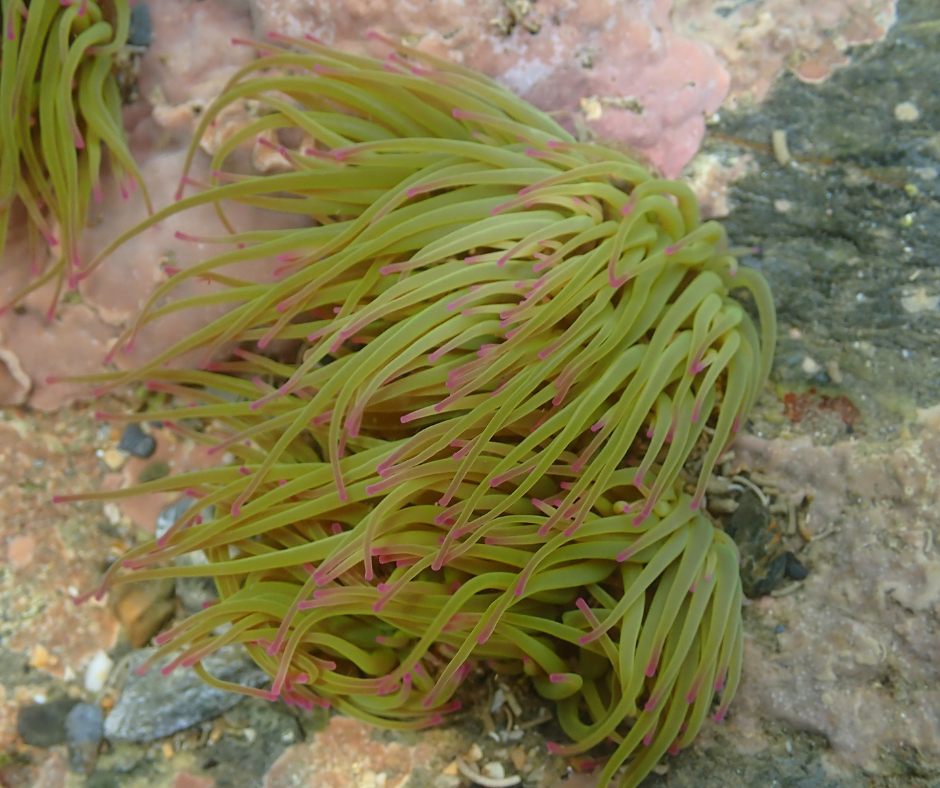
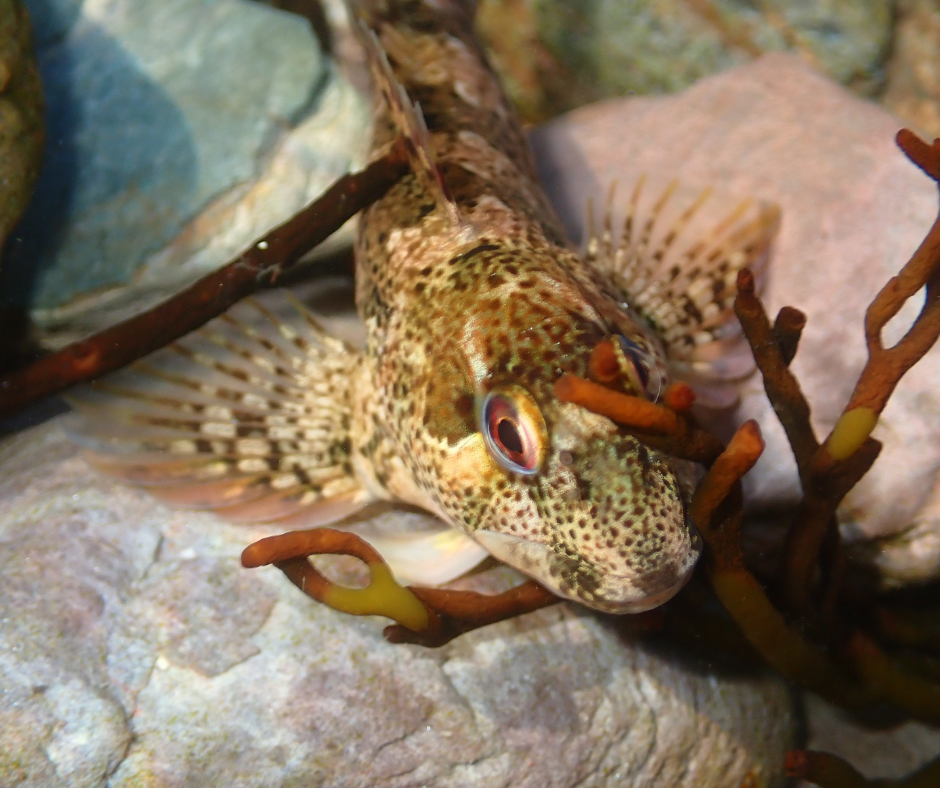
But by far the most interesting creature to come across during a rock pooling adventure is often no bigger than your fingernail… The solar-powered sea slug (Elysia viridis) is a wonder of nature! It feeds on algae by slicing or puncturing the cells and is then able to ingest the algae’s chloroplasts, unharmed, into its own body and carry out photosynthesis. Because of this, its body is often a vibrant green colour, adorned with glistening blue and green spots. It is quietly unassuming when curled into a tight ball, but when it unfolds its ‘winged’ body, this sea slug resembles a beautiful green leaf, which helps it camouflage amongst the algae and evade predators.
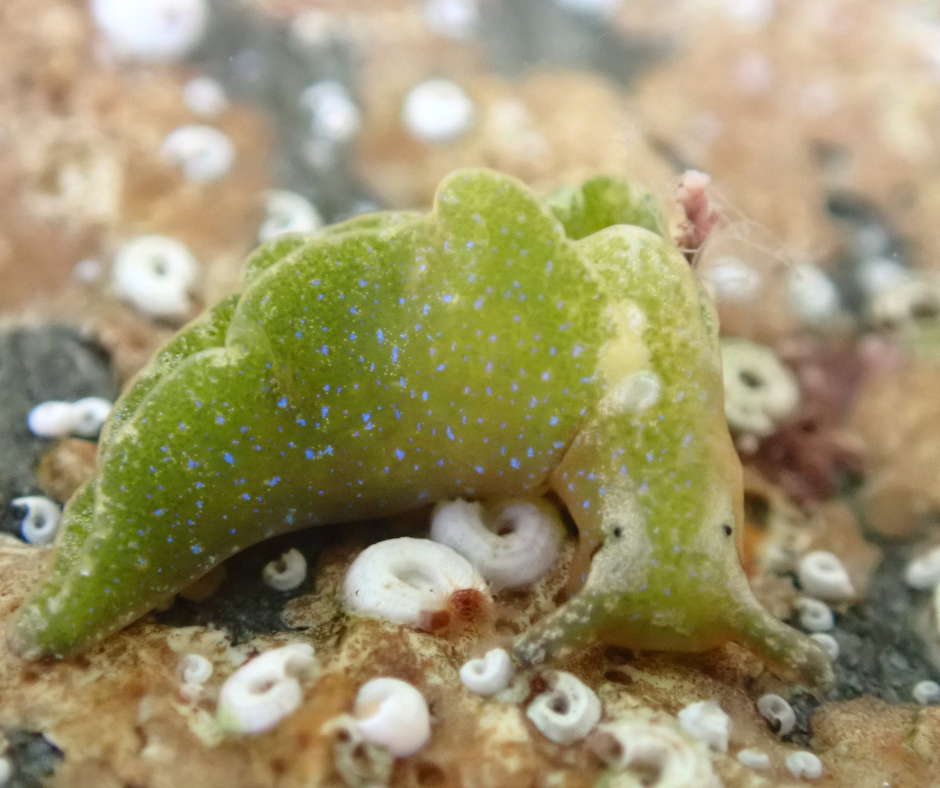
If you find something incredible during your rock pooling, the best way to record it is by using a citizen science platform. The Rock Pool Project like to use iNaturalist, an online social network for sharing biodiversity information, in order to help each other learn about nature. You can snap any living thing, upload the photo, and the community will help you identify it! Citizen science is at the heart of what we do, providing the tools for absolutely anyone to get involved and contribute to data collection that will increase knowledge, drive conservation efforts, and inform policy.
And if science isn’t your thing, simply heading to the coast is enough…
There is a wealth of evidence to support the positive impact that being in a natural space has on our mental and physical health, and there is always time to explore the more mindful elements of rock pooling – breathing in the salty air, allowing the cool water of the pools to ground us, admiring the vibrant tones of the seaweed, taking time for yourself to just ‘be’.
So what do you say? Grab your wellies and join us!
If you would like to book a safari with one of our expert guides, more details can be found here.
If you are local to Plymouth, and would like to join us for a Blue Recovery Day, information can be found here.
Or if you would simply like to get in touch, you can email me at:
egoodall@therockpoolproject.co.uk or at info@therockpoolproject.co.uk
Or connect with us using our social media platforms:
Instagram – The Rock Pool Project

